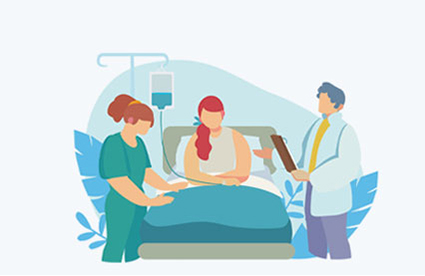Perhaps the single most important reading that can be taken from a patient to truly measure their current physiological state is their expired carbon dioxide measurement. This parameter plays a more general role in anesthesia management. There are two methods of measuring CO2 in clinical applications, mainstream and sidestream capnography.
Mainstream carbon dioxide is measured by using a sensor inserted through an airway adapter. Samples are taken directly from the airway. This method provides very accurate readings because since the sensor is located in the actual airway, there are far fewer variables that could interfere with accurate readings (see lateral flow summary below). The sensor is wired and connected to the patient monitor, the sensor at the distal end snaps into an adapter in an airway tube, mask, etc. The biggest problem with this sensor is that it is prone to damage from mishandling, dropping it on the floor, etc.
Sidestream CO2 uses a sensor located inside the display rather than an external sensor. For this method, the patient's exhaled air is drawn into the monitor from a sampling site (usually a nasal cannula or face mask) through a small tube, typically 6-8 feet long. Typically, the sample tube first goes into a water trap or filter that is attached to the monitor. Water traps are used to prevent heavier water vapor from entering the display, which can cause damage and false readings. Nasal cannulae and sampling tubes are usually disposable, and the sump can be replaced if it becomes clogged or fills with water. Lateral flow CO2 monitoring is widely used throughout clinical applications.
How should mainstream and sidestream capnography be selected? Mainstream is widely regarded as the more accurate way to measure carbon dioxide readings. Industry advancements have made sensors less susceptible to damage, but risks remain. Since the sensor is internal, sidestream CO2 may be less likely to replace major components. Readings can be inaccurate because of the variables involved in pulling the sample from the patient to the monitor, then through the water trap, and into the internal sensors. Additionally, when anesthesia is used, sidestream monitoring requires a scavenging system to safely transfer exhaled and sampled gases back to the anesthesia machine so that the room air becomes contaminated with expired anesthetic during the procedure.
Both mainstream and sidestream capnography can be used to measure CO2. Further research may indicate which method is better for your specific procedure and situation. Probably the most important aspect is not about whether the method is sidestream or mainstream, but that you are monitoring CO2.
